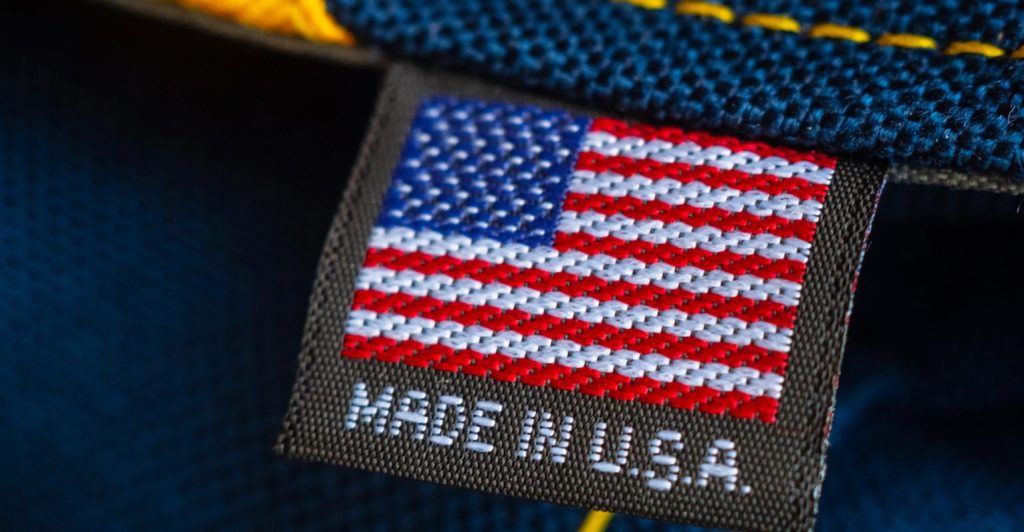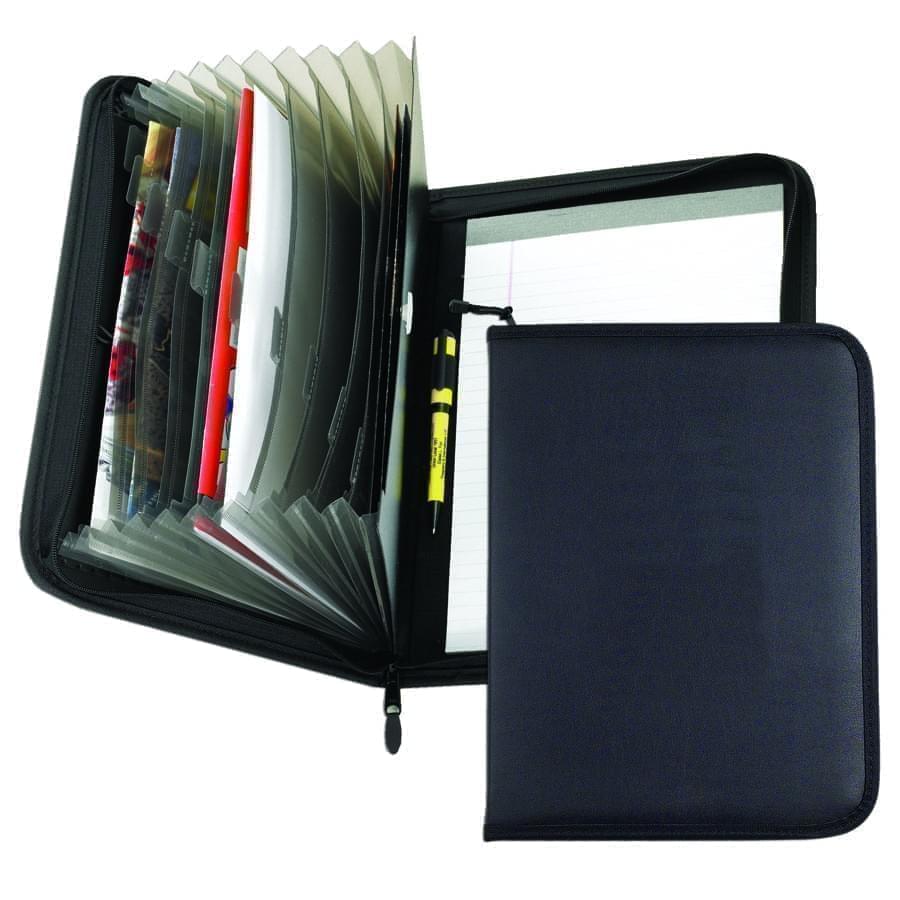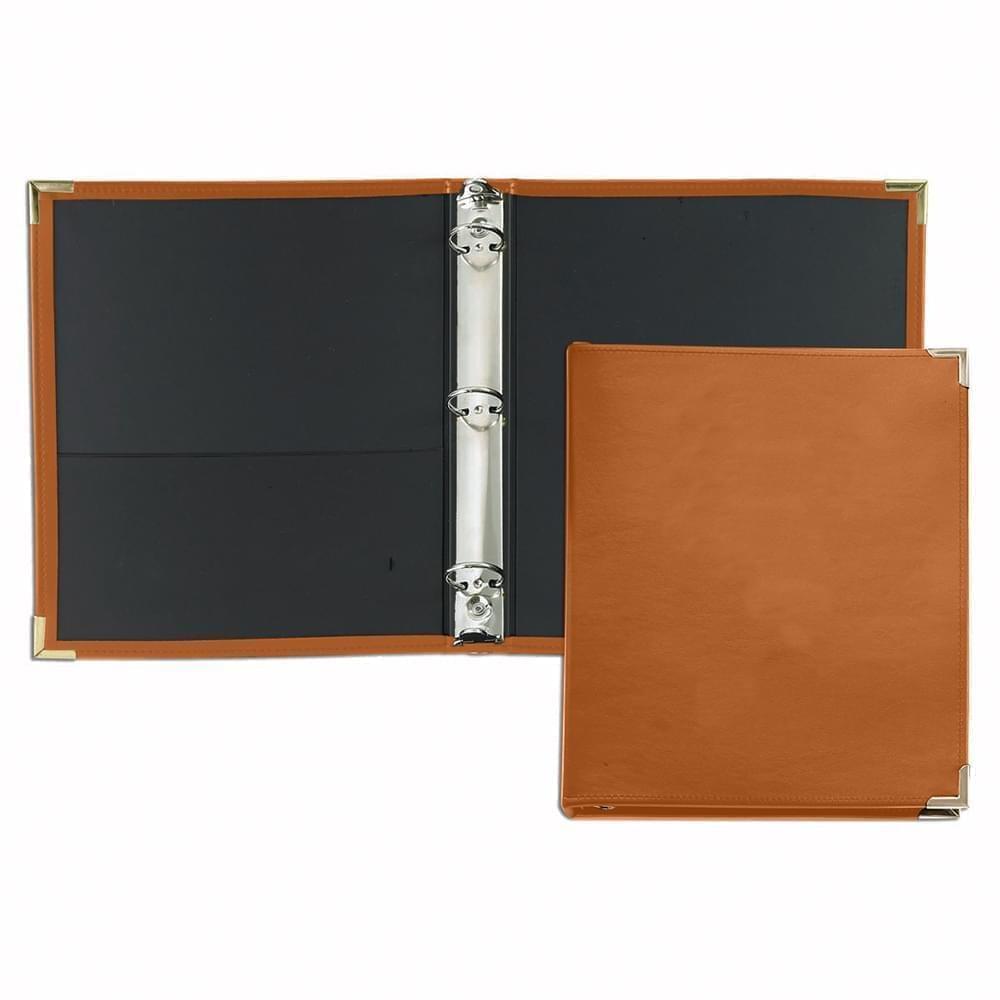
The trade journal Plastics Today wrote an article discussing the possibilities, and challenges, associated with reshoring manufacturing to the United States.
First, a little background. Offshoring manufacturing to China became very popular since China was awarded Most Favored Nation trading status in the late-1990s under President Bill Clinton. Drawn to cheap labor and huge new market opportunities, companies rushed to offshore manufacturing to China and other parts of the world.
Although the promise of money savings and opening new markets was appealing, there were drawbacks. Chief among these was a lack of intellectual property enforcement. Chinese companies basically stole and reproduced American products in a way that would be unthinkable in the US. And, once Chinese manufacturers such as Haier took American knowledge, began making their own products and started exporting to the US, they became global competitors to those companies that offshored their manufacturing to expand their market share in the first place.
Early in the 2010s, the idea of reshoring to the US became more popular. But the choice isn’t binary: some companies are moving manufacturing from China to other Asian countries, where some are considering “nearshoring” to Mexico.
And then, as I have said in other blog posts, Covid completely upended supply chains, even products made in nearby Mexico. Shipments stopped coming from China, and much activity from Mexico was stopped for at least a couple of months. Suddenly, all of the benefits of offshoring disappeared and America found itself unable to get PPE or life-saving pharmaceuticals.
So now more than ever, reshoring looks attractive. But how feasible is it? Consumers might pay more for made in USA products — one survey from the Reshoring Institute said that consumers would be willing to pay up to 20% more for made in America products. But companies that decide to reshore need more than just higher prices; they need to invest in innovation and technology to make domestic production truly competitive.

 Dad Caps
Dad Caps
 Five Panel Hats
Five Panel Hats
 Mesh Back Hats
Mesh Back Hats
 In Stock Blanks
In Stock Blanks
 Snapback Hats
Snapback Hats
 Stretchfit Hats
Stretchfit Hats
 Duffel Bags
Duffel Bags
 Backpacks
Backpacks
 Tote Bags
Tote Bags
 Computer Bags
Computer Bags
 Sling Messenger Bags
Sling Messenger Bags
 Cooler Bags
Cooler Bags
 Cuff Hats
Cuff Hats
 Beanies
Beanies
 Scarves
Scarves
 Zipper Folders
Zipper Folders
 Stitched Folders
Stitched Folders
 Accordion Folders
Accordion Folders
 Ring Binders
Ring Binders
 Letter Folders
Letter Folders
 Clipboards
Clipboards

 Union Made In USA
Union Made In USA






